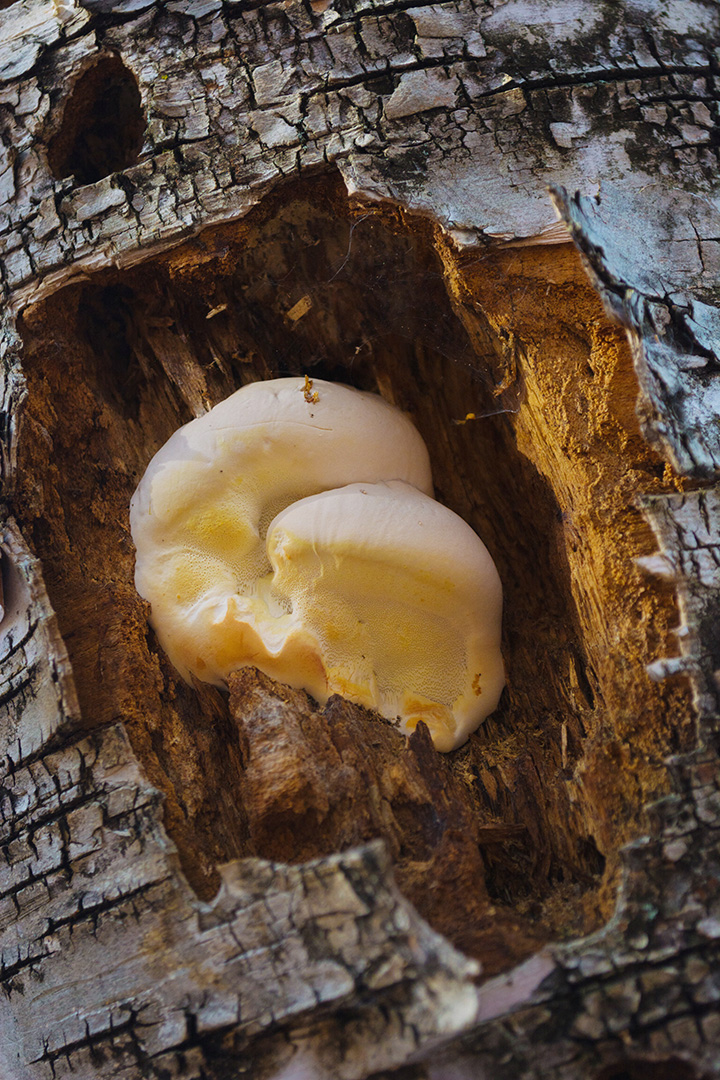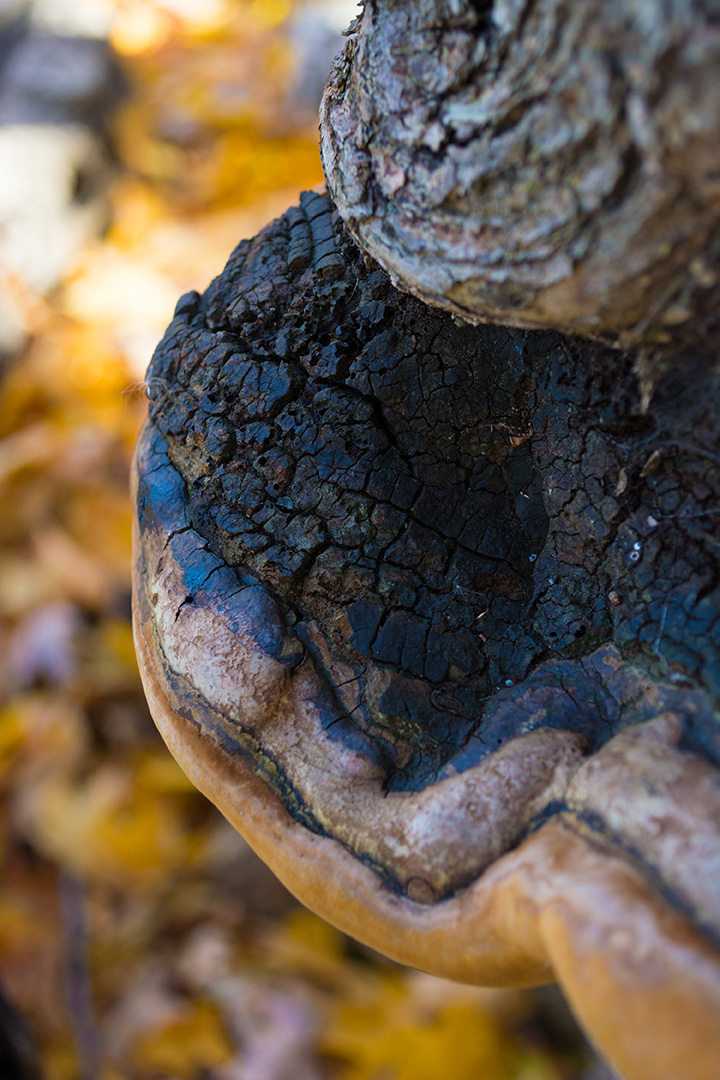From Snags to Wildlife Trees
People are often eager to cut down or haul away dead standing wood (in forestry terms, a ‘snag’), thinking that it no longer serves a purpose. But nothing could be further from the truth! Jamie Simpson puts it succinctly, “the importance of deadwood to forest health is hard to overstate: deadwood shelters wildlife, provides germination spots for small seeds, regulates water flow, contributes to the nutrient cycle and builds soil. In short, forests need deadwood.” The scientific community now commonly refer to snags as “wildlife trees.” A term more appropriate given the important role they play in the forest ecosystem.
Home for Wildlife
Snags act as homes for birds, small mammals, reptiles, amphibians, and invertebrates. Think of owls living in hollowed out trees, nuthatches and bats nesting in tree cavities, raccoons snuggled in tree dens and squirrels who choose to build their dreys in snags. Deadwood helps keep animals safe from predators, keeps them warm in the winter and cool in the summer.
Food for Wildlife
Snags also provide lots of food for wildlife. The fungi, insects, and invertebrates that thrive on snags provide food for other animals – even bears! Bears are able to tear through snags to eat insects which provide them with much-needed protein. Many animals even use snags to store their food caches.
Fallen Logs
Eventually, snags become fallen logs providing homes for new animals like foxes, pine martins, and black bears. In time, they will decompose returning vital nutrients into the forest ecosystem. Streams get 5-10 percent of their annual nitrogen content from fallen trees. A study published by the US Forest Service showed that “the most protective habitats for salmonid fish [salmon, trout, chars, etc.] are small streams associated with mature and old-growth coniferous forests where large organic debris and fallen trees greatly influence the physical and biological characteristics of such streams.”
What Can You Do?
If you are fortunate enough to live on a woodland lot, think about keeping some wildlife trees around! The forest and its inhabitants will thank you. Simpson argues, “restoring deadwood is probably the single most effective, efficient and easy action a woodlot owner can take to improve a woodlot’s health and productivity.” He gives 3 suggestions to woodlot owners. First, leave deadwood alone to decompose. Second, selectively harvest avoiding trees that have begun to rot. Third, create deadwood by girding or ringing a tree.
Resources: Jamie Simpson, Restoring the Acadian Forest: A Guide to Forest Stewardship for Woodlot Owners in Eastern Canada

